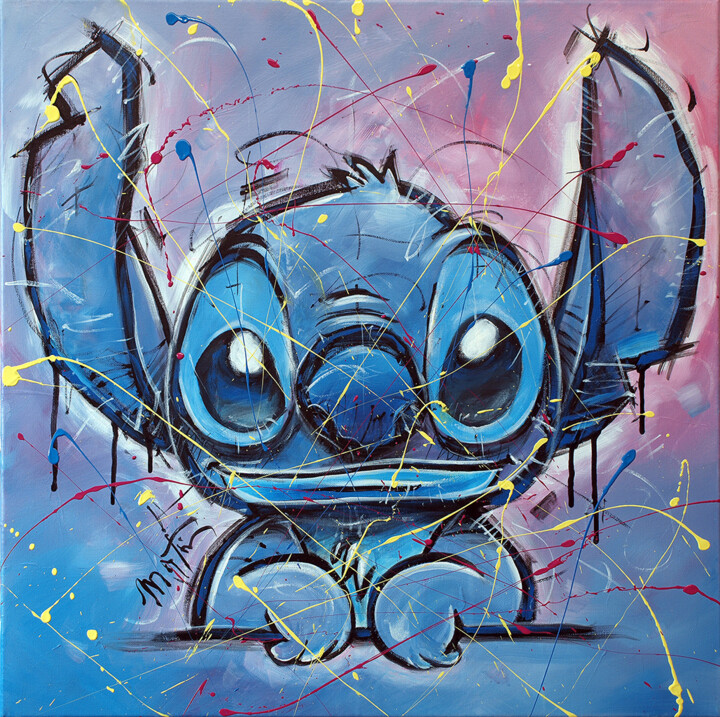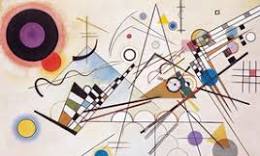The Enigmatic World of Magritte Paintings
René Magritte, a Belgian surrealist artist, is renowned for his thought-provoking and enigmatic paintings that challenge our perception of reality. His works often feature ordinary objects in extraordinary settings, creating a sense of mystery and intrigue that captivates viewers around the world.
One of Magritte’s most famous paintings is “The Son of Man,” depicting a man in a bowler hat with an apple obscuring his face. This iconic image has become synonymous with the artist’s exploration of identity, hidden truths, and the subconscious mind.
Another notable work by Magritte is “The Treachery of Images,” featuring a pipe accompanied by the words “Ceci n’est pas une pipe” (This is not a pipe). This painting challenges the viewer to question the nature of representation and reality, highlighting the gap between language and visual perception.
Magritte’s use of juxtaposition, symbolism, and visual paradoxes invites viewers to engage with his art on multiple levels. His meticulous attention to detail and composition creates a sense of dissonance that forces us to reconsider our assumptions about the world around us.
Through his surrealist masterpieces, René Magritte invites us to explore the boundaries between dreams and reality, illusion and truth. His paintings continue to inspire artists and art enthusiasts alike, reminding us of the power of imagination and creativity in shaping our understanding of the world.
Exploring the Surreal: 7 Tips for Understanding Magritte’s Iconic Paintings
- Magritte’s paintings often feature everyday objects in unusual contexts or juxtapositions.
- He frequently used bowler hats, pipes, and clouds as motifs in his work.
- Magritte’s style is known for its precise and realistic rendering of objects, combined with dreamlike or surreal elements.
- The artist often played with the concepts of reality and illusion in his paintings.
- Magritte’s use of visual puns and wordplay adds layers of meaning to his artworks.
- His works challenge viewers to question their perceptions and assumptions about the world around them.
- Magritte’s art has had a lasting influence on pop culture, inspiring filmmakers, musicians, and other artists.
Magritte’s paintings often feature everyday objects in unusual contexts or juxtapositions.
Magritte’s artistic style is characterized by his unique approach to portraying everyday objects in unconventional settings or juxtapositions. By placing familiar objects in unexpected contexts, he challenges viewers to reconsider their preconceived notions of reality and invites them to explore the deeper symbolism behind his compositions. This deliberate manipulation of ordinary elements creates a sense of intrigue and mystery in Magritte’s paintings, prompting viewers to contemplate the hidden meanings and underlying messages within his enigmatic artworks.
He frequently used bowler hats, pipes, and clouds as motifs in his work.
René Magritte, known for his surreal and thought-provoking paintings, often incorporated bowler hats, pipes, and clouds as recurring motifs in his artwork. These seemingly ordinary objects take on new meaning in Magritte’s hands, serving as symbols of mystery, identity, and the subconscious mind. By reimagining familiar elements in unfamiliar contexts, Magritte challenges viewers to question their perceptions of reality and explore the deeper layers of meaning hidden within his enigmatic compositions.
Magritte’s style is known for its precise and realistic rendering of objects, combined with dreamlike or surreal elements.
René Magritte’s artistic style is distinguished by its meticulous and lifelike portrayal of everyday objects, infused with dreamlike and surrealistic elements. His ability to intricately depict objects in a precise manner while incorporating fantastical and imaginative elements sets his work apart. This unique blend of realism and surrealism in Magritte’s paintings creates a captivating visual experience that challenges the viewer’s perception of reality and invites them into a world where the ordinary becomes extraordinary.
The artist often played with the concepts of reality and illusion in his paintings.
René Magritte, known for his surrealist artworks, frequently delved into the realms of reality and illusion within his paintings. Through his masterful use of visual elements and symbolism, Magritte skillfully blurred the lines between what is real and what is imagined. By challenging traditional perceptions and inviting viewers to question their understanding of the world, the artist’s exploration of reality and illusion remains a central theme in his captivating body of work.
Magritte’s use of visual puns and wordplay adds layers of meaning to his artworks.
Magritte’s clever incorporation of visual puns and wordplay enriches the depth of meaning in his artworks. By intertwining images with linguistic elements, he creates a multi-dimensional experience for viewers, inviting them to unravel hidden messages and explore the interplay between language and visual representation. This unique approach not only challenges conventional artistic norms but also encourages a deeper engagement with the themes of identity, perception, and reality within Magritte’s surrealistic masterpieces.
His works challenge viewers to question their perceptions and assumptions about the world around them.
René Magritte’s paintings serve as a compelling invitation for viewers to confront and reassess their perceptions and assumptions regarding the world that surrounds them. Through his thought-provoking artworks, Magritte challenges the audience to delve deeper into the layers of reality, urging them to question what they see and believe. By presenting ordinary objects in extraordinary contexts, he prompts a shift in perspective that encourages a more critical examination of the familiar, ultimately inviting viewers to explore the complexities of truth, illusion, and the subconscious mind.
Magritte’s art has had a lasting influence on pop culture, inspiring filmmakers, musicians, and other artists.
Magritte’s art has left a lasting impact on pop culture, serving as a wellspring of inspiration for filmmakers, musicians, and artists across various creative fields. His surreal and thought-provoking paintings have transcended the confines of the art world to influence popular media and entertainment. Filmmakers have drawn upon Magritte’s visual language to create dreamlike cinematic sequences, while musicians have incorporated his themes of mystery and illusion into their lyrics and album artwork. Other artists have paid homage to Magritte by reinterpreting his iconic imagery in their own works, showcasing the enduring relevance and appeal of his artistic vision in contemporary culture.





